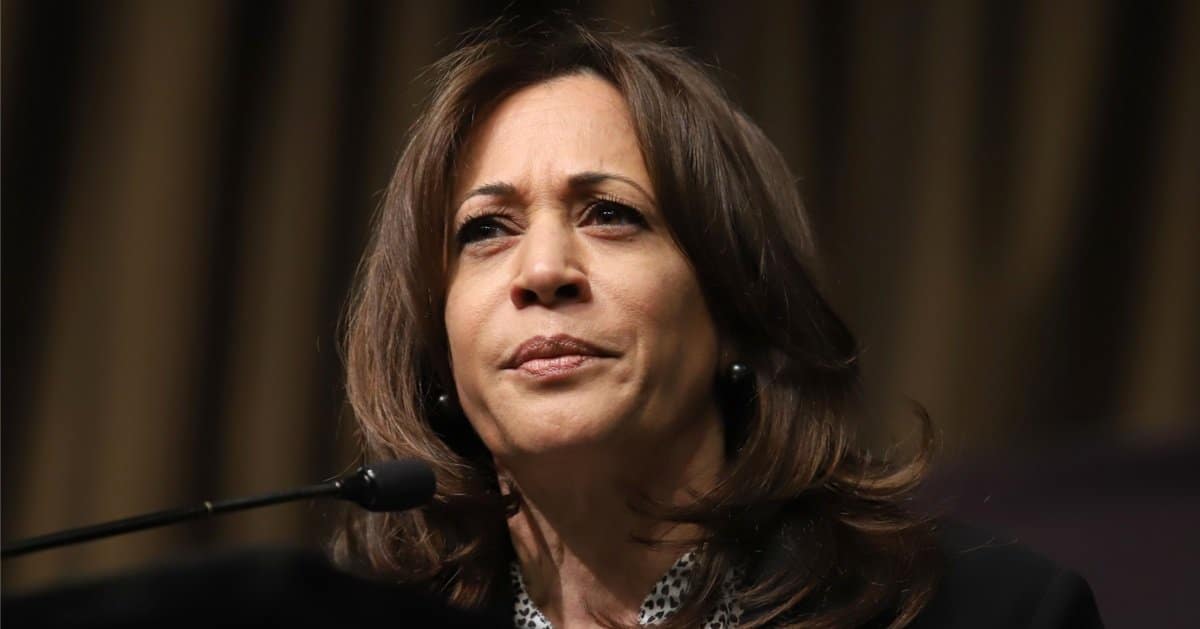



Supreme Court Chief Justice John Roberts has made a rare and notable move to minimize the public exposure of Justice Samuel Alito’s controversial actions.
The New Republic reported that the unusual decision involved Roberts taking over the majority opinion in a significant case initially assigned to Alito. Roberts’s move signals awareness of Alito’s controversial stance and suggests concerns about the court's reputation.
In April, Roberts had assigned Alito to write the majority opinion in a case concerning the charging of January 6 rioters with obstruction of justice.
The case involved allegations of prosecutorial overreach, and Alito, known for his conservative leanings, was tasked with crafting the court’s opinion. However, by May, just a month after the assignment, Roberts decided to take control of the opinion himself.
The timing of Roberts’s decision raised eyebrows. Four days before he took over the opinion, an upside-down U.S. flag associated with the “Stop the Steal” movement was displayed outside Alito’s home.
This movement gained momentum after the January 6 attack on the U.S. Capitol, and the flag is seen by many as a symbol of protest against the 2020 election results.
It remains unclear whether the flag incident directly influenced Roberts’s decision to take the case away from Alito.
However, switching authors on a Supreme Court opinion is highly unusual, sparking speculation about the factors at play. The New York Times reported that Roberts had already written majority opinions in seven cases during the same term, adding to the intrigue surrounding his decision.
Chief Justice Roberts is often viewed as more moderate compared to some of his conservative colleagues.
He has consistently expressed concern over the Supreme Court’s legacy and image, particularly in the wake of recent controversies and unpopular rulings. The court’s reputation has suffered due to decisions like expanding presidential immunity and overturning Roe v. Wade, both of which have drawn significant public backlash.
One of Roberts’s own rulings in favor of Donald Trump, which expanded presidential privileges and limited accountability, faced strong criticism. Many argued that the ruling allowed Trump to avoid consequences, further damaging the court’s image.
Roberts’s decision to step in and take over Alito’s opinion may be a reflection of his efforts to mitigate further damage to the court’s standing.
The issue of ethics reform within the Supreme Court has also loomed large in recent months.
Despite growing calls for changes, Roberts has consistently rejected efforts to reform the court’s ethics standards. This reluctance has only fueled suspicions about the internal workings of the court, especially when unusual events like the Alito-Roberts opinion switch occur.
The lack of solidarity among the court’s six conservative justices has been increasingly apparent, and Roberts’s actions may point to deeper internal divisions. His intervention in this case could signal a desire to distance himself, and the court, from Alito’s more controversial positions.
As the Supreme Court grapples with its declining public image, cases like this one only exacerbate the issue.
Justice Alito’s controversial stance on a variety of issues has made him a target of criticism, and Roberts’s attempt to limit his influence may be part of a broader strategy to protect the court’s legacy.
The court’s conservative majority, often seen as a unified front, has shown signs of fracture in recent years. Roberts, who has often found himself at odds with the more right-wing justices, seems increasingly focused on maintaining the court’s credibility in the eyes of the public.
Even Chief Justice Roberts seems to acknowledge that the Supreme Court is not functioning as it should.
The court has faced a string of ethics scandals, public disapproval of its rulings, and growing calls for accountability. While Roberts’s actions in taking over Alito’s opinion may not completely resolve these issues, they indicate that he is at least aware of the need for change.
The fact that none of the nine justices, including Roberts and Alito, responded to media requests for comment only adds to the air of mystery surrounding the court’s inner workings.
This silence has led to increased speculation about the dynamics between the justices and the future of the Supreme Court.



